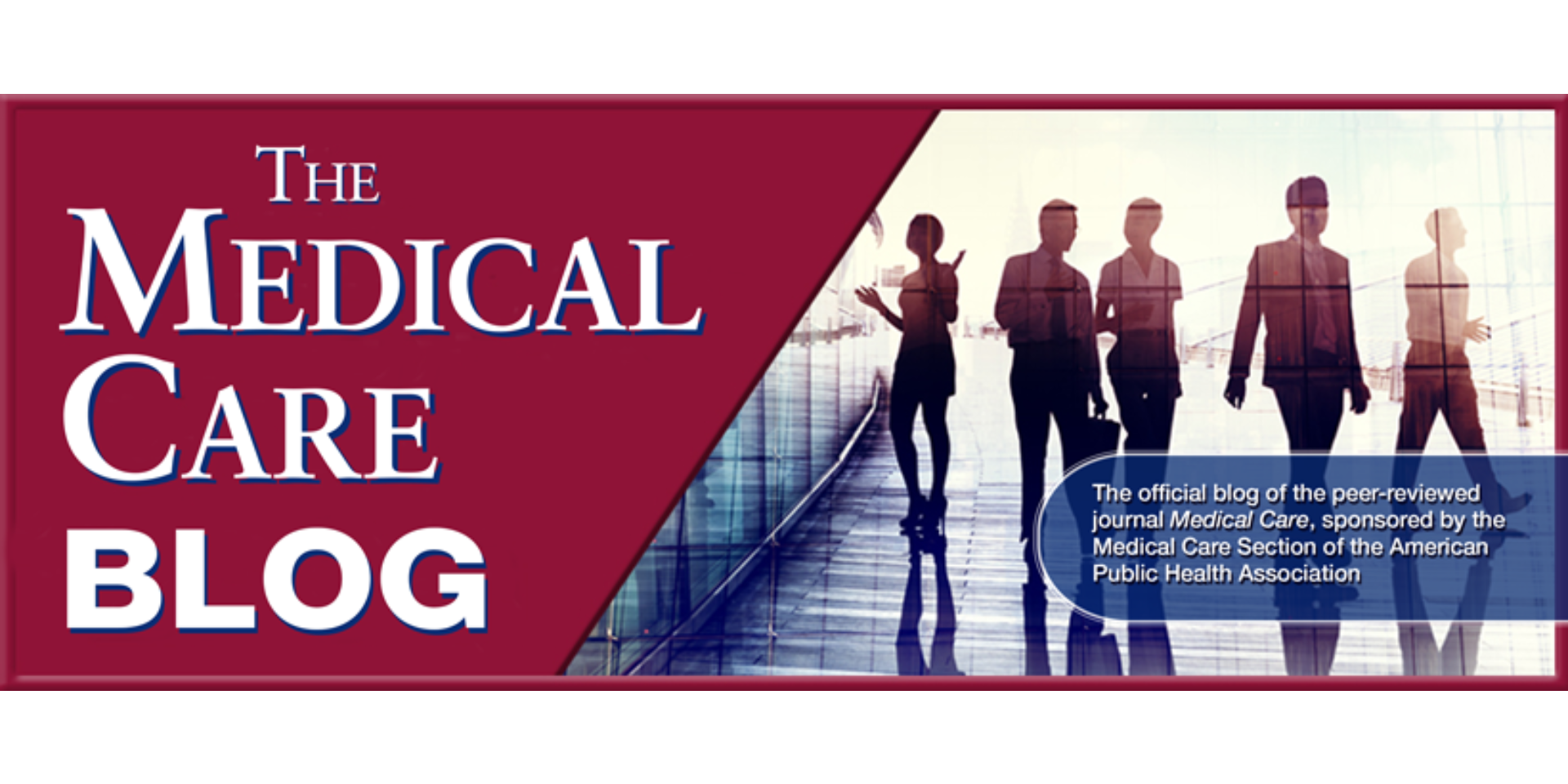The Desire to Avoid Pregnancy Scale: A new way to measure pregnancy preferences
Why do we care about unintended pregnancies? Rates of unintended pregnancy “indicate the extent to which women and couples can determine freely whether and when they have children,” as stated by Finer and Zolna. There is some evidence that women and girls who have unintended pregnancies have a higher likelihood of other risk factors, such as… Read More »














































